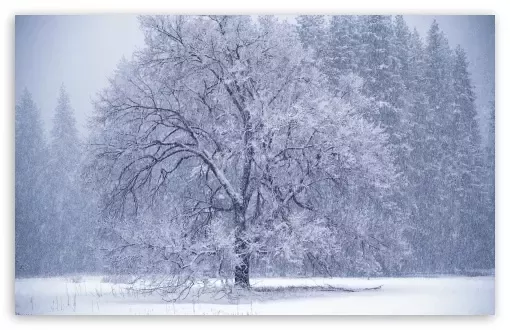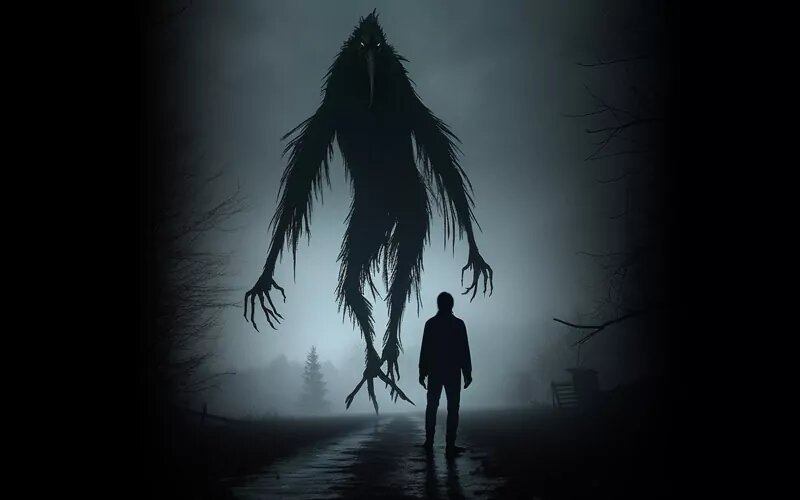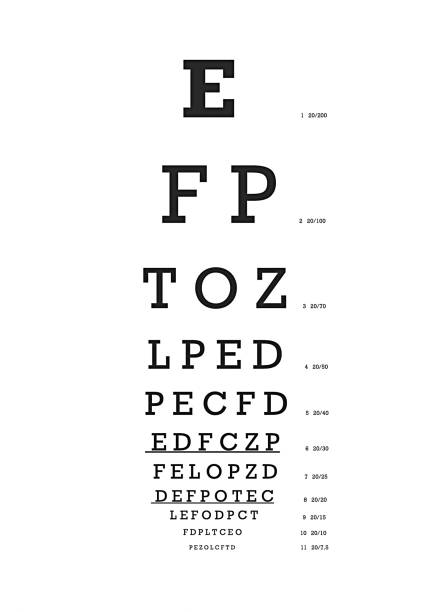Snow and snow showers are both types of precipitation that occur when frozen water vapor falls from the atmosphere. However, there are some key differences between the two.
Snow showers are short-duration periods of light to moderate snowfall, typically associated with cumulus clouds. Snow, on the other hand, is the continuous precipitation of ice crystals in the form of snowflakes, typically associated with stratus clouds.
What are the Differences between Snow and Snow Showers?
Duration of Storm
Snow typically falls for a longer period of time than snow showers. A snowstorm can last for several hours or even days, while snow showers are typically intermittent, with short breaks between showers.
Amount of Snow
Snow can produce significant accumulation, while snow showers typically produce less snow. However, snow showers can still produce enough snow to cause travel problems and make roads slippery.
Snow on the Radar
On radar, snow will show up as a large, solid mass of precipitation. Snow showers, on the other hand, will show up as smaller, more scattered areas of precipitation.
Intensity
Snow showers can range in intensity from light to moderate. Snow, on the other hand, can be light, moderate, or heavy.
Cloud Type
Snow showers are typically associated with cumulus clouds, which are puffy, white clouds that often form in the afternoon. Snow, on the other hand, is typically associated with stratus clouds, which are gray or white clouds that cover the entire sky.
Accumulation
Snow showers can produce some accumulation, but it is usually less than an inch or two. Snow, on the other hand, can produce significant accumulation, depending on the intensity and duration of the precipitation.
Impacts
Snow showers can have a minor impact on travel and outdoor activities. Snow, on the other hand, can have a significant impact on travel, outdoor activities, and infrastructure.
Related Post: How Tall is Yung Gravy? Find Yung Gravy’s Height
Here is an example to help illustrate the difference between snow and snow showers:
- Snow: A large winter storm system moves into a region, bringing with it cold air and moisture. Snow begins to fall and continues for several hours, accumulating several inches of snow on the ground.
- Snow showers: A cold front passes through a region, bringing with it a band of snow showers. The snow showers are intermittent, with short breaks between showers. The snow showers produce some accumulation, but not as much as a snowstorm.
Snow
- Snow is continuous precipitation in the form of flakes. It can be light or heavy, and it can last for hours or even days.
- Snow is typically associated with large-scale weather systems, such as cold fronts and low pressure systems.
- Snow can accumulate on the ground and create hazardous driving conditions.
Snow Showers
- Snow showers are intermittent precipitation in the form of flakes. They come and go, and they typically last for a few minutes or hours.
- Snow showers are associated with smaller-scale weather systems, such as thunderstorms and lake-effect snow.
- Snow showers can produce accumulation, but it is typically less than snow.
It is important to note that these are just general guidelines. There can be exceptions to every rule. For example, a snow shower can sometimes produce more snow than a snowstorm, if the shower is intense enough. Additionally, snow can sometimes fall for several hours without producing much accumulation, if the air is too warm or the snowflakes are too small.
Related Post: Is Electrical Products a Good Career Path | Kiiky Daily Update
Which is Worse: Snow or Snow Showers?
Whether snow or snow showers are worse depends on a number of factors, such as the intensity of the precipitation, the duration of the precipitation, and the temperature.
Snow can be worse than snow showers if it is heavy and lasts for a long period of time. This can lead to significant accumulation, which can make travel difficult and dangerous. Snow can also damage power lines and trees.
Snow showers can be worse than snow if they are intense and accompanied by strong winds. This can create whiteout conditions, which can make it very dangerous to drive. Snow showers can also produce sudden accumulation, which can catch drivers and pedestrians off guard.
What is a Very Light Snowfall Called?
A very light snowfall is called snow flurries. Snow flurries are light, intermittent snow showers that typically produce little to no accumulation. They are often associated with stratiform clouds, which are large, sheet-like clouds that produce widespread precipitation.
Related Post: What Time Does Customer Service Close At Walmart?
What is a Snow Squall, and How Long Does it Last?
A snow squall is a brief but intense period of moderate to heavy snowfall with strong, gusty surface winds and measurable snowfall. Snow squalls typically last less than an hour, but they can produce significant snowfall accumulation in a short period of time. Snow squalls are often associated with cold fronts or other disturbances in the atmosphere.
What Does “Snow Showers in the Forecast” Mean?
When snow showers are in the forecast, it means that there is a chance of brief periods of light to moderate snowfall. Snow showers can occur at any time of year, but they are most common in the winter and spring. Snow showers are often associated with convective clouds, which are tall, puffy clouds that produce thunderstorms and other types of precipitation.
Related Post: How Old is Megumin? Bio of Powerful Arch-Wizard
How to Stay Safe During Snowfall
No matter what type of snowfall you are experiencing, it is important to stay safe. Here are a few tips:
- If you must travel, slow down and use caution.
- Be aware of the dangers of black ice, which is clear ice that is difficult to see.
- Dress in layers so that you can adjust to the changing temperature.
- Wear a hat, gloves, and scarf to protect yourself from the cold.
- If you have a power outage, stay warm by dressing in layers and using blankets.
- Avoid using generators indoors, as they can produce carbon monoxide gas.
How to Prepare for Snow Showers
- Stay informed: Monitor the weather forecast and be aware of any winter weather warnings or advisories.
- Stock up on supplies: Make sure you have enough food, water, and other supplies to last for at least three days in case you are unable to leave your home.
- Prepare your home: Insulate your home and seal any cracks or air leaks. Make sure you have a working fireplace or wood stove in case the power goes out.
- Prepare your car: Make sure your car has a full tank of gas and that your tires are properly inflated. You may also want to consider putting snow chains on your tires.
- Dress warmly: When going outside in snow showers, dress in layers of warm clothing and wear a hat, gloves, and scarf.
Related Post: How Did Jenny Die In Forrest Gump? Explained
Additional Tips
- If you have to drive in snow showers, slow down and leave extra space between you and the car in front of you.
- Be aware of black ice, which is difficult to see and can cause you to lose control of your car.
- If you do get stuck in the snow, try to stay calm and call for help.
Weather Terms You Should Know and Understand
- Snow showers: Showers of snow that last for a short period of time, typically less than 30 minutes. Snow showers can produce light or heavy accumulation, depending on the intensity of the storm.
- Ice pellets: Small, hard balls of ice that fall from the sky. Ice pellets can be dangerous because they can bounce on surfaces and cause injuries.
- Freezing rain: Rain that freezes as it falls, coating surfaces in a layer of ice. Freezing rain can make roads and sidewalks extremely slippery and dangerous.
- Sleet: A mixture of rain and snow that falls from the sky. Sleet can also make roads and sidewalks slippery and dangerous.
- Wind chill: The temperature that feels like on exposed skin due to the combined effects of wind and temperature. Wind chill can make it feel much colder than it actually is, so it is important to dress warmly in windy conditions.
Related Post: Why are Gymnasts so Short? Top Facts
Conclusion
Snowfall can be beautiful and fun, but it is important to be aware of the dangers and to take precautions to stay safe. Snow and snow showers are both types of precipitation that can create hazardous conditions. It is important to be aware of the differences between the two so that you can take the necessary precautions when they are in the forecast.
FAQs
Snow showers are short-duration periods of light to moderate snowfall, while snow flurries are very light, intermittent snow that produces no measurable precipitation (trace amounts).
Yes, snow showers can produce some accumulation, but it is usually less than an inch or two. Snow, on the other hand, can produce significant accumulation, depending on the intensity and duration of the precipitation.
Snow showers can have a minor impact on travel and outdoor activities. Snow, on the other hand, can have a significant impact on travel, outdoor activities, and infrastructure.
References
- quora.com/Whats-the-difference-between-snow-and-snow-showers
- thecoldwire.com/snow-vs-snow-showers/
- differencebetween.net/differences-between-snow-and-snow-showers/
- difference.guru/difference-between-snow-and-snow-showers/






